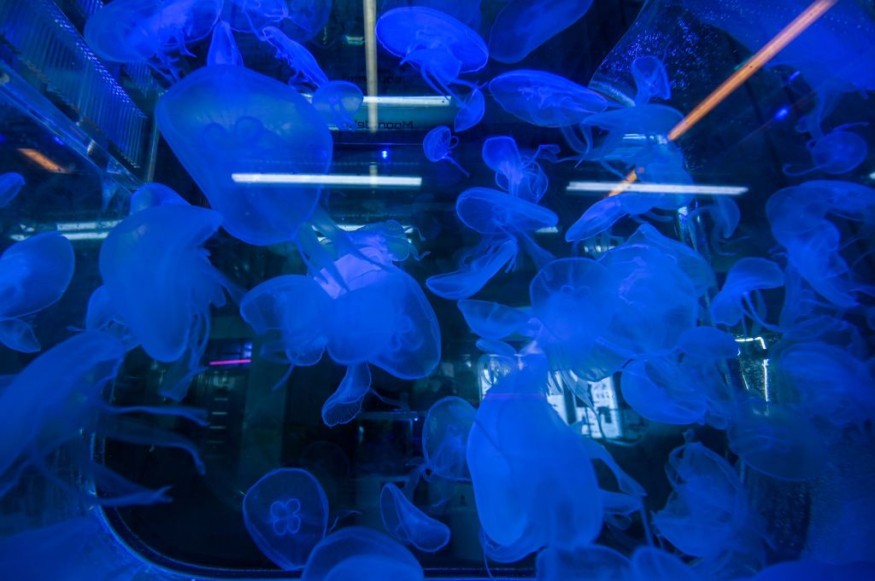Scientists have found a way to interpret jellyfish's thoughts regardless of not having any neurons, study finds.
They were able to observe how well the cells in a tiny type of see-through jellyfish operate collectively, to produce complicated independent motions, such as capturing and consuming food source. This is all thanks to ingenious molecular manipulation.
The Technique to Read Jellyfish's Mind

Clytia hemisphaerica is an excellent tool for predicting this conduct. Since this particular jellyfish is so small, its complete cortex can be seen under a magnification.
Scientists started surgical excision vital organs to see how neural impulses that regulate the mouths connect with brains that govern the jellyfish bell and conversely.
Investigators destroyed RFa+ synapses on the margin of the pie cut to determine which cells are directly activating this cascading effect.
First, cells on the pie slice's border transmit information to neurotransmitters in the center, where jellyfish's jaw is situated.
As scientists bioengineered C. hemisphaerica jellyfish they discovered a unpredicted depth of ordered neuronal order after modifying hemisphaerica jellyfish nerves such that they illuminated when engaged.
Particular jellyfish activities appear to be controlled by distinct groups of servicing capacity neurons placed all around perimeter of the canopy, according to the results.
Even after a jellyfish's appendages were excised, chemical isolates of shrimp placed into a tank may still cause the jaws to orient towards prey specie.
This is a form of neuronal stimulation wherein the jellyfish knows it wants to fuel its intestines, placing other particular feed intake networks on full alert. As a result, whenever the jellyfish's tentacles discover and grab food, such as prawn, the synapses in this single segment fire in a precise order.
"RFa+ cells are essential for both food-driven and drug induced border deformation," the investigators explain.
For example, the neural network that links the jellyfish bell to its throat might also relate to the digestion.
No Brain Jellyfish Thoughts
When the jellyfish's jaws were eliminated, the organisms continued to try to transmit nourishment from their stalks to their absent jaws.
According to the latest findings, C. hemisphaerica's layers of neurons in an umbrella-like matrix that closely resembles its body.
When the jellyfish in the experiment were starved, the researchers discovered that they caught prey quicker than when they weren't as hungry.
"If this scheme is right," the theories assert, "organized actions in creatures missing a core nerve may have arisen by multiplication and alteration of tiny independent components to build operationally integrating super-modules." The studies found that after a minute of being exposed to a brine shrimp, 96% of jellyfish tried and 88% succeeded in this meal exchange.
This causes the pie slice's tip to move inwards the throat, carrying the tentacle with it.
Each tentacle on the jellyfish's bell's border is linked to these segments. When they did this, neither the asymmetrical inward curling of the jellyfish bell nor the transport of shrimp from tentacles to throat occurred.
Jellyfish neural systems evolved around 500 million years ago and have altered hardly since then.
© 2025 NatureWorldNews.com All rights reserved. Do not reproduce without permission.





